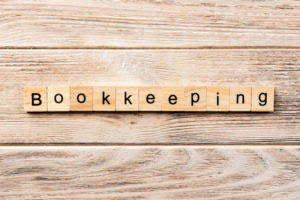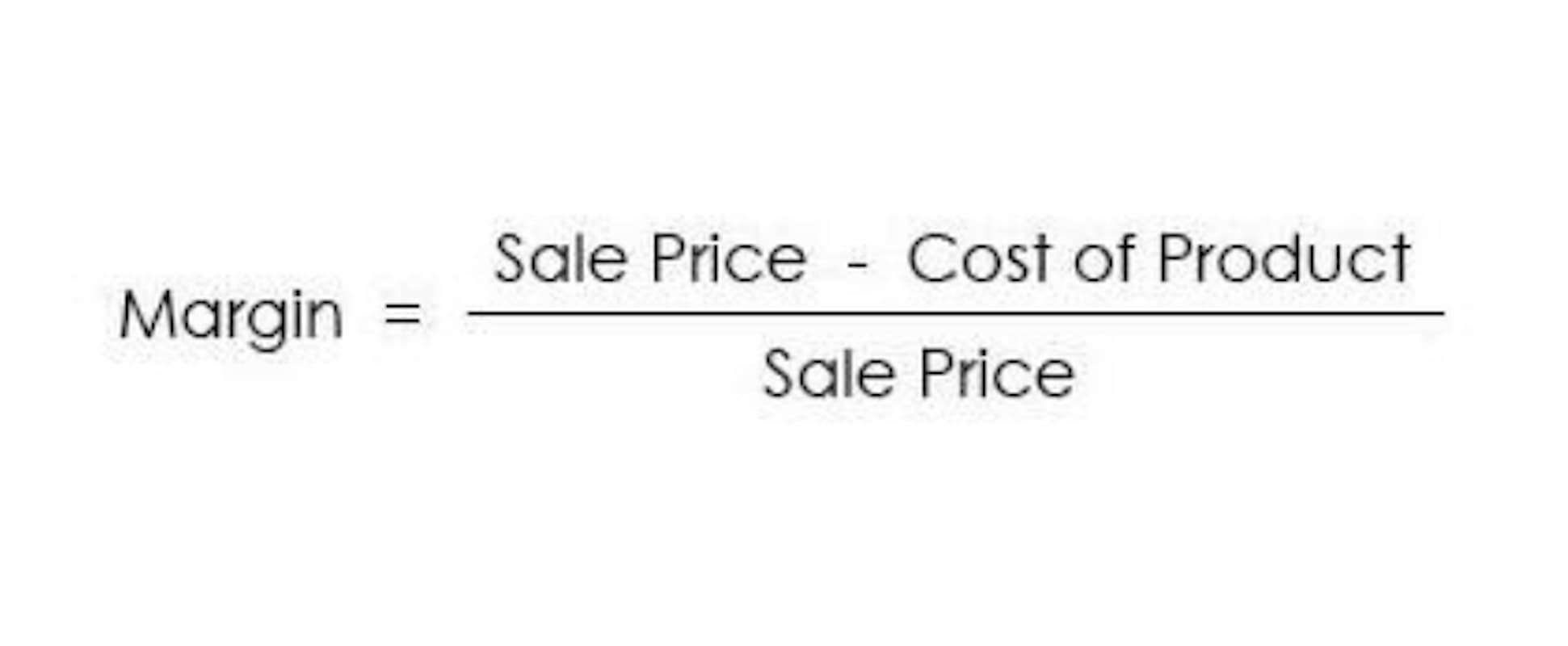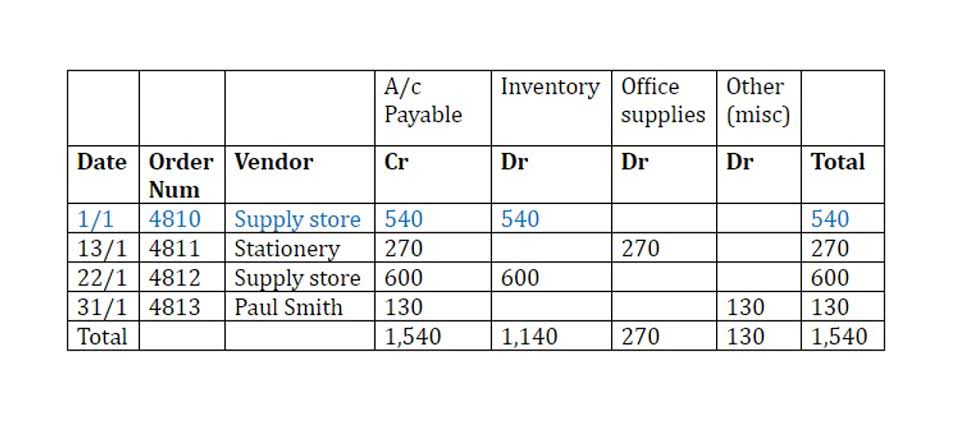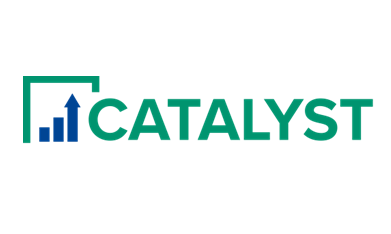
The important thing here is that if your numbers are all up to date, all of your liabilities should be listed neatly under your balance sheet’s “liabilities” section. Company issue bonds or debentures to raise the capital for business expansion, so they have to pay interest on those bonds, and they have to pay the full amount at the maturity date. Liabilities don’t have to be a scary thing, they’re just a normal part of doing business. Because chances are pretty high that you’re going to have some kind of debt. And if your business does have debt, you’re going to have liabilities. For the past 52 years, Harold Averkamp (CPA, MBA) hasworked as an accounting supervisor, manager, consultant, university instructor, and innovator in teaching accounting online.
What Is Financial Ratio Analysis? A Small Business Guide
Liabilities are any debts your company has, whether it’s bank loans, mortgages, unpaid bills, IOUs, or any other sum of money that you owe someone else. If you’ve promised to pay someone a sum of money in the future and haven’t paid them yet, that’s a liability. Accounts Payable – Many companies purchase inventory on credit from vendors or supplies.

Liabilities and your balance sheet
They can be listed in order of preference under generally accepted accounting principle (GAAP) rules as long as they’re categorized. The AT&T example has a relatively high debt level under current liabilities. Other line items https://www.facebook.com/BooksTimeInc/ like accounts payable (AP) and various future liabilities like payroll taxes will be higher current debt obligations for smaller companies. Liabilities are listed on a company’s balance sheet and expenses are listed on a company’s income statement.
- US GAAP requires some businesses to disclose or report contingent liabilities.
- In this guide, we will take you through each step required to calculate liabilities.
- They include tangible items such as buildings, machinery, and equipment as well as intangibles such as accounts receivable, interest owed, patents, or intellectual property.
- Until the company delivers the services or goods, the company has an obligation to deliver them or to refund the customer’s money.
- Now that you’ve brushed up on liabilities and how they can be categorized, it’s time to learn about the different types of liabilities in accounting.
- This would include your office rent, utilities, and office supplies.
- Most accounts payable items need to be paid within 30 days, although in some cases it may be as little as 10 days, depending on the accounting terms offered by the vendor or supplier.
What Is a Chart of Accounts Used For?

Record noncurrent or long-term liabilities after your short-term liabilities. Your business balance sheet gives you a snapshot of your company’s finances and shows your assets, liabilities, and equity. With liabilities, you typically receive invoices from vendors or organizations and liabilities accounts list pay off your debts at a later date. The money you owe is considered a liability until you pay off the invoice.

What Are Liability Ratios?
A liability is anything you owe to another individual https://www.bookstime.com/ or an entity such as a lender or tax authority. The term can also refer to a legal obligation or an action you’re obligated to take. Companies of all sizes finance part of their ongoing long-term operations by issuing bonds that are essentially loans from each party that purchases the bonds. This line item is in constant flux as bonds are issued, mature, or called back by the issuer. The outstanding money that the restaurant owes to its wine supplier is considered a liability. The wine supplier considers the money it is owed to be an asset.


Eric is an accounting and bookkeeping expert for Fit Small Business. He has a CPA license in the Philippines and a BS in Accountancy graduate at Silliman University. Other balance sheets are presented using the report-form method, which is the most common method of balance sheet presentation. Liabilities exist because there are obligations between two parties. In this case, your business has an obligation to do something for or to give something to another person or entity.
Type 1: Accounts payable
This equation matches the value of the assets the company has reported, so the books are balanced. Your accounting software should automatically add up all your liabilities for you. Otherwise, you will need to manually add your liabilities up in your spreadsheet or the software of your choice. The ordering system is based on how close the payment date is, so a liability with a near-term maturity date will be listed higher up in the section (and vice versa).
